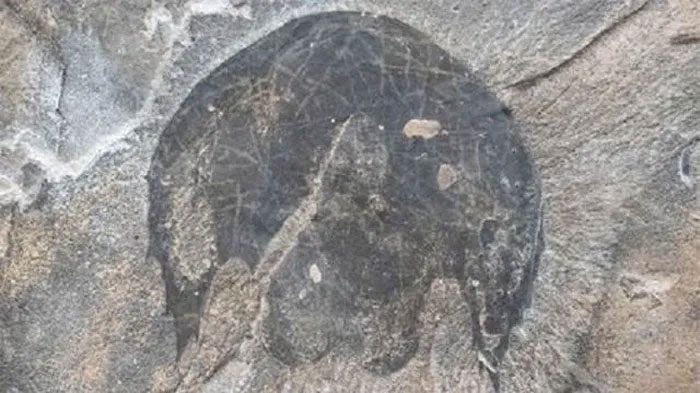The latest research from scientists will change our thinking about the conservation of animal fossils.
When did the first animal species appear on Earth? This is perhaps a question that the scientific community has yet to answer definitively. However, if we consider the reputable records of fossils, it is believed that the first animals evolved approximately 570 million years ago.
They began to proliferate rapidly during the Cambrian explosion, which occurred between about 539 million and 485 million years ago. However, if we track the molecular clock—a biological technique that uses the mutation rates of biological molecules to infer the time (age) in prehistory when two or more different life forms diverged from a common ancestor—it suggests that animals may have first evolved around 800 million years ago.
Today, researchers have adopted a different approach, raising the question of when the optimal conditions for conserving animal fossils occur. The first animals on Earth are believed to have lacked an outer shell or skeletal framework made of minerals. Thus, they would require special conditions for fossilization, similar to the famous Burgess Shale deposits in the Canadian Rockies, which are up to 500 million years old.

Fossils found at Burgess Shale in the Canadian Rockies—a mountain range considered the “Cambrian fossil treasure trove” of Canada.
Through the analysis of rocks at Burgess Shale, experts realized that certain types of clay can enhance the chances of fossil preservation for soft-bodied animals. Researchers found that only three quarries from around 800 million years ago met these criteria: the Nunavut quarry in Canada, Siberia in Russia, and Svalbard in Norway. However, the reality is that none of these quarries contain animal fossils.
In a paper published in the journal Trends in Ecology and Evolution, researchers concluded that the first animals appeared on Earth approximately 789 million years ago. They also hope to refine this figure further by studying progressively younger rocks.


















































